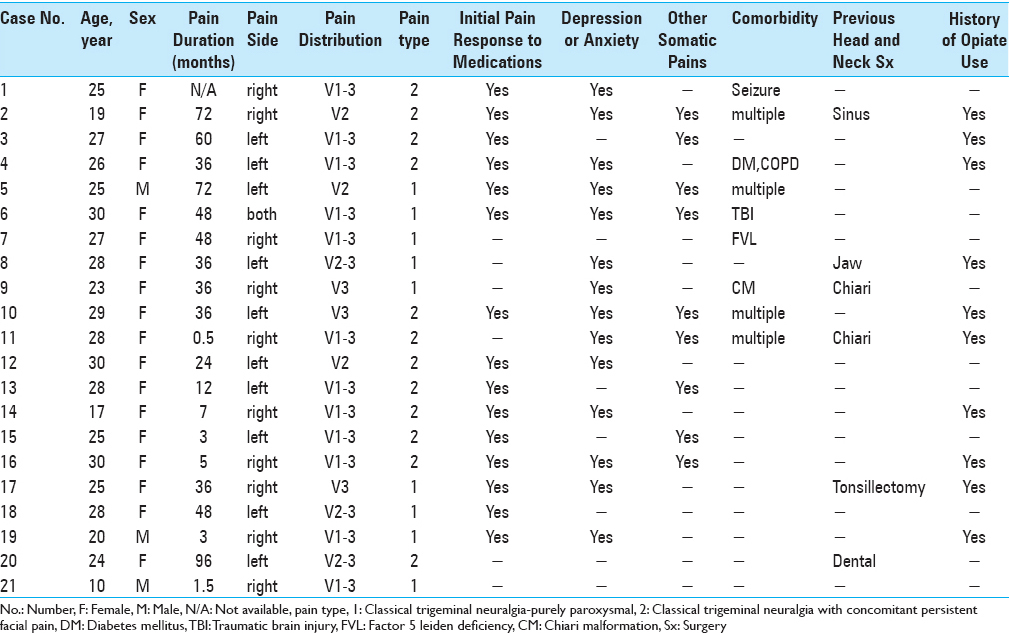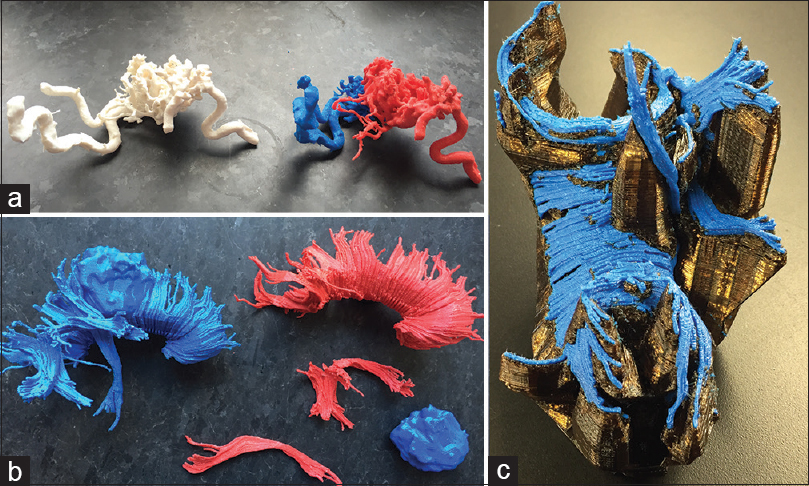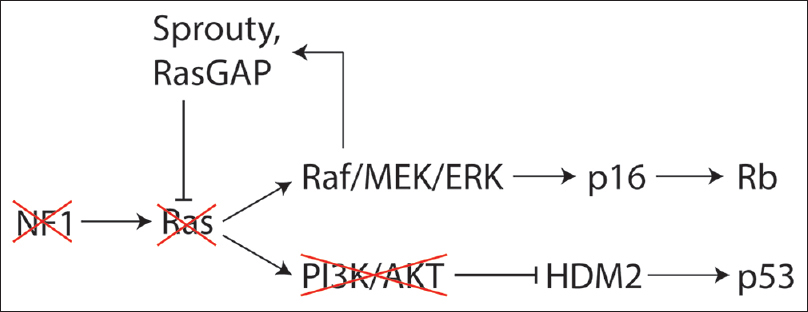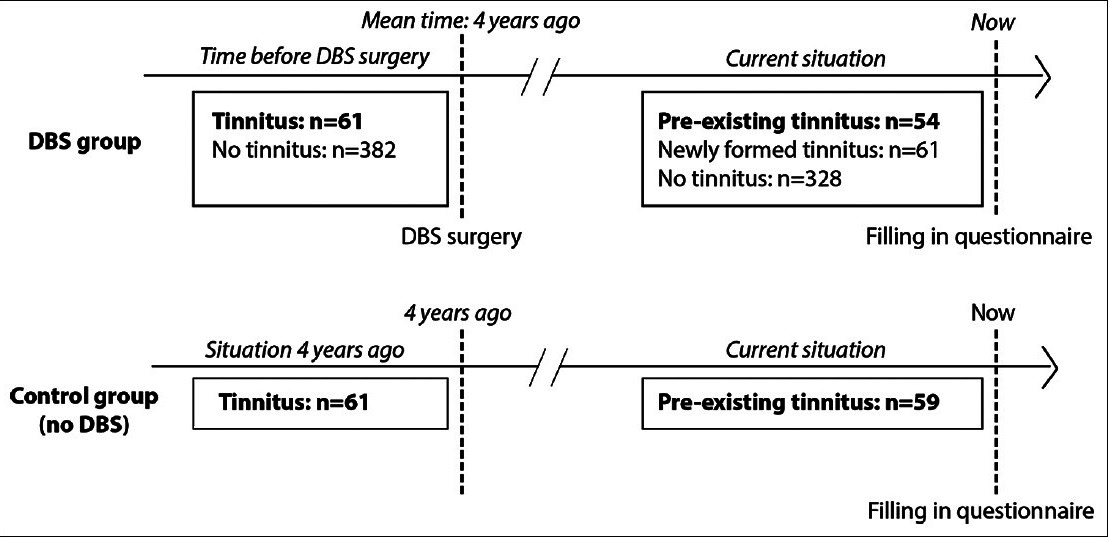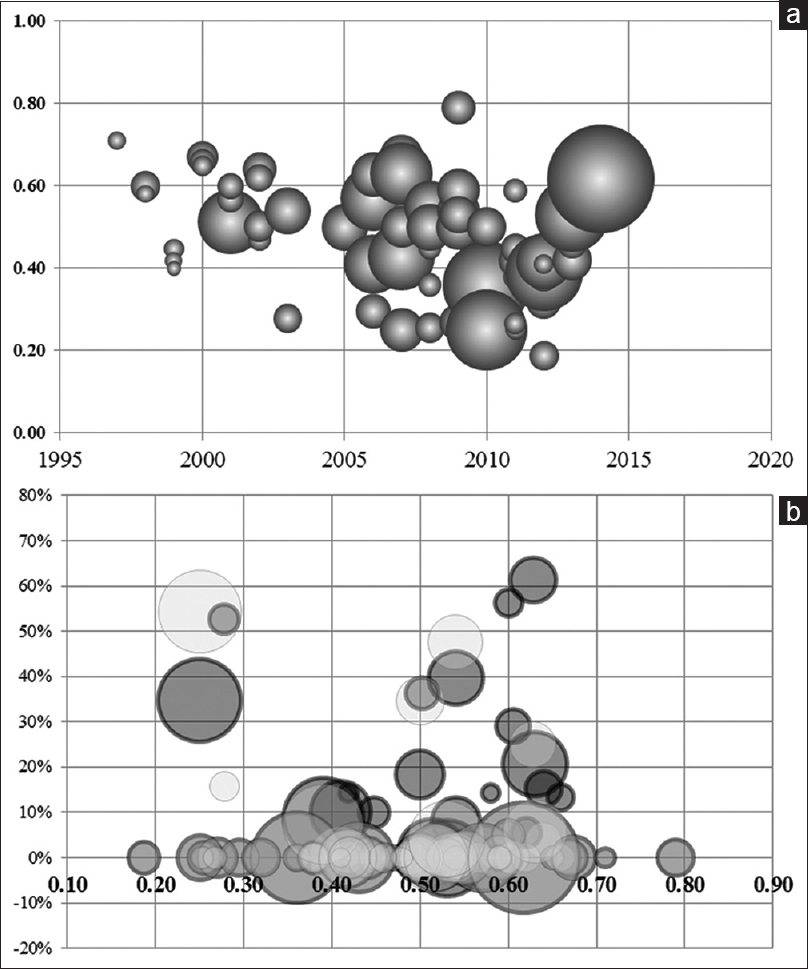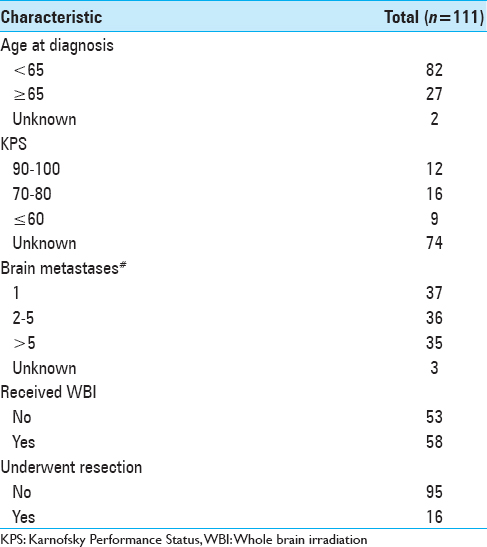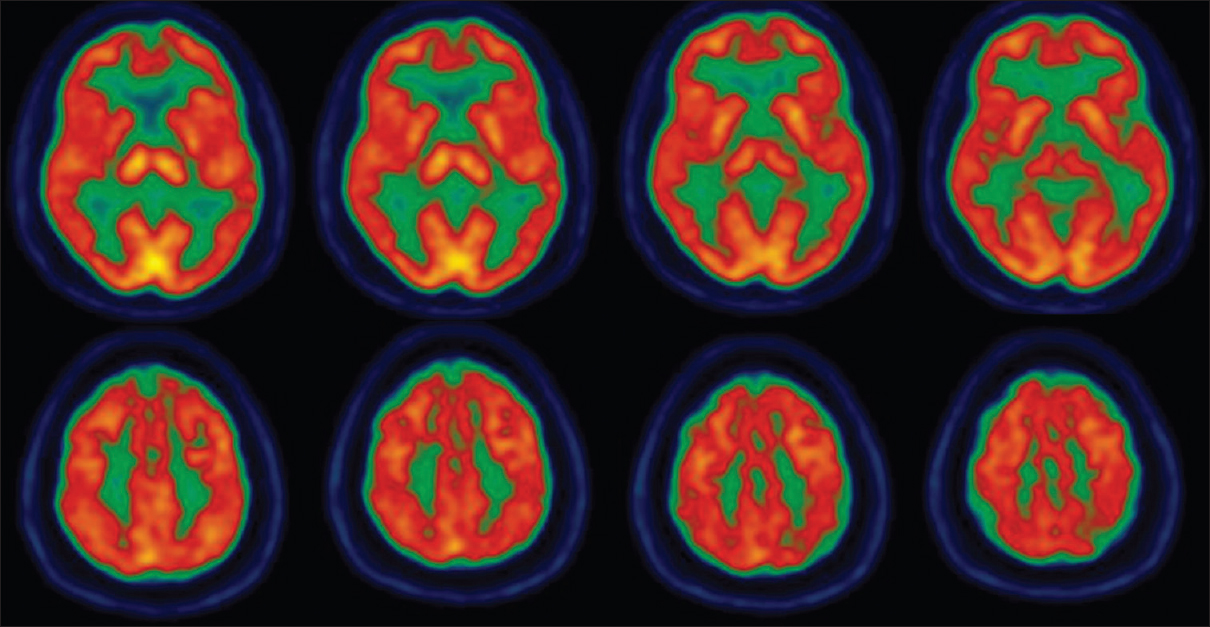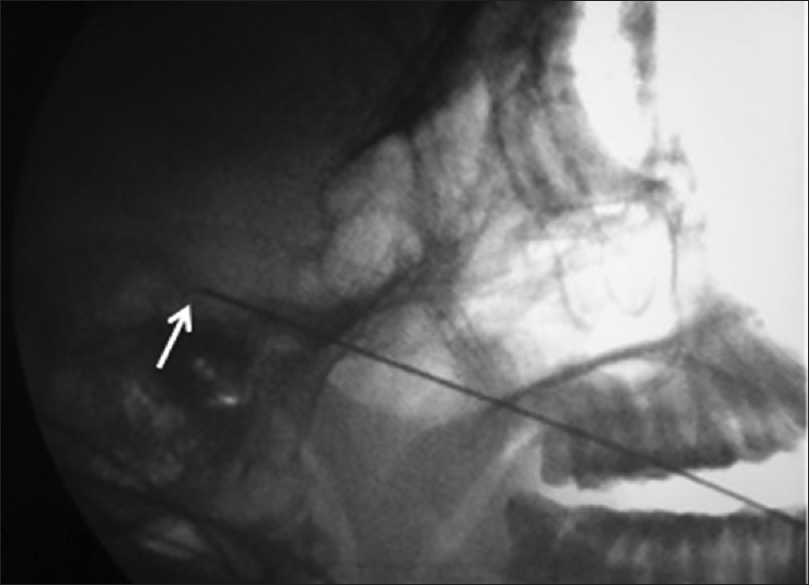Concomitant depression and anxiety negatively affect pain outcomes in surgically managed young patients with trigeminal neuralgia: Long-term clinical outcome
Date of publication: 15-Nov-2016
Background:Onset of trigeminal neuralgia (TN) is uncommon in young adults with less favorable benefit from surgical interventions. The aim of this study was to evaluate the role of concomitant psychosomatic disorders in long-term surgical outcomes in this population.
My experience with a major hospital stroke team—What's wrong with “Modern” medicine
Date of publication: 14-Nov-2016
3D printing in neurosurgery: A systematic review
Date of publication: 14-Nov-2016
Background:The recent expansion of three-dimensional (3D) printing technology into the field of neurosurgery has prompted a widespread investigation of its utility. In this article, we review the current body of literature describing rapid prototyping techniques with applications to the practice of neurosurgery.
Epigenetic mechanisms drive the progression of neurofibromas to malignant peripheral nerve sheath tumors
Date of publication: 14-Nov-2016
Thinking Outside the Box:The polycomb repressive complex 2 (PRC2) is a histone methyltransferase complex known to repress gene expression. There is a large body of experimental evidence that supports its role in promoting tumorigenicity by suppressing tumor suppressor genes. Here, we discuss the surprising findings that, in neurofibromas, it may have a completely different role as a tumor suppressor; mutations of PRC2 lead to conversion of benign neurofibromas into malignant peripheral nerve sheath tumors (MPNSTs) by de-repressing and thereby activating genes driving cell growth and development. These findings have potentially powerful clinical applications in both diagnosing and treating MPNSTs.
The impact of deep brain stimulation on tinnitus
Date of publication: 14-Nov-2016
Background:Tinnitus is a disorder of the nervous system that cannot be adequately treated with current therapies. The effect of neuromodulation induced by deep brain stimulation (DBS) on tinnitus has not been studied well. This study investigated the effect of DBS on tinnitus by use of a multicenter questionnaire study.
Subthalamus stimulation in Parkinson disease: Accounting for the bilaterality of contacts
Date of publication: 14-Nov-2016
Background:Deep brain stimulation (DBS) in Parkinson's disease uses bi-hemispheric high-frequency stimulation within the subthalamus, however, the specific impacts of bilaterality of DBS are still not clear. Thus, we aimed to study the individual-level clinical impact of locations of right-left contact pair-up accounting for each subthalamic nucleus (STN) anatomy.
Pretreatment clinical prognostic factors for brain metastases from breast cancer treated with Gamma Knife radiosurgery
Date of publication: 14-Nov-2016
Background:Brain metastases significantly affect morbidity and mortality rates for patients with metastatic breast cancer. Treatment for brain metastases lengthens survival, and options such as stereotactic radiosurgery (SRS) can increase survival to 12 months or longer. This study retrospectively analyzes the prognostic factors for overall survival (OS) for patients with one or multiple brain metastases from breast cancer treated with SRS.
Deep brain stimulation for Parkinson's disease prior to L-dopa treatment: A case report
Date of publication: 14-Nov-2016
Background:Leva-dopa (L-dopa) is the gold-standard treatment for Parkinson's disease (PD). Deep brain stimulation is generally reserved for patients who become refractory to l-dopa treatment.
Deep brain stimulation of a patient with psychogenic movement disorder
Date of publication: 14-Nov-2016
Background:The long-term safety of deep brain stimulation (DBS) is an important issue because new applications are being investigated for a variety of disorders. Studying instances where DBS was inadvertently implanted in patients without a movement disorder may provide information about the safety of the therapy. We report the case of a patient with a psychogenic movement disorder treated with deep brain stimulation (DBS).
Ultra-extended euthermic pulsed radiofrequency for the treatment of ophthalmic neuralgia: A case report with elaboration of a new technique
Date of publication: 14-Nov-2016
Background:Pulsed radiofrequency although present for many years has been used little compared to ablative procedures for pain relief. Its use in trigeminal neuralgia is sparse and unreported in the ophthalmic division, where the possibility of sensory loss can lead to high morbidity. We wished to explore the potential of this reportedly safe modality for a prolonged duration in a highly sensitive anatomic neural location, however, in a very secure, structured, and staged manner.


